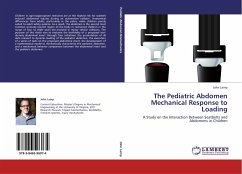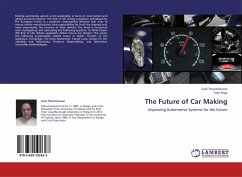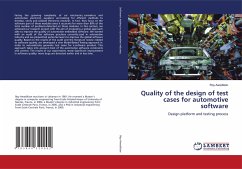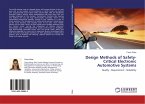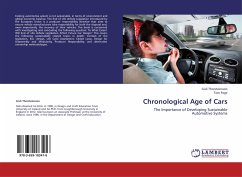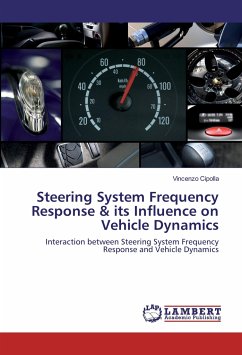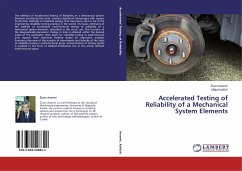Children in age-inappropriate restraints are at the highest risk for seatbelt induced abdominal injuries during an automotive collision. Anatomical differences from adults, particularly in the pelvis, make children poorly suited to adult safety systems. As a result, the abdomen is the second most common seriously injured region of the body in restrained children in the range of four to eight years old involved in motor vehicle collisions. The purpose of this thesis was to evaluate the biofidelity of a proposed test-dummy abdominal insert through four initiatives: the presentation of all data relevant to dynamic loading of the pediatric abdomen, the execution of a series of tests on the proposed abdominal insert, the development of a mathematical model to mechanically characterize the pediatric abdomen, and a mechanical behavior comparison between the abdominal insert and the pediatric abdomen.
Bitte wählen Sie Ihr Anliegen aus.
Rechnungen
Retourenschein anfordern
Bestellstatus
Storno

